contact@productodeaqui.com / +34 609 801 686

Amonarraiz Sculptures
I am a sculptor, born in San Sebastian and based in Mallorca. Through Amonarraiz Esculturas my work arises, where a deep connection with nature and the desire to give something back to it through art are intertwined. I use natural materials such as wood and Mallorcan stone (Santanyí stone, sandstone, limestone), creating sculptures that integrate the environment and promote biodiversity. My pieces are eco-friendly and educational, inviting children and adults to explore nature. He also developed tactile sculptures for people with blindness, transforming elements such as fire and water into sensory experiences.
Description
From the landscapes and biodiversity of Mallorca, Amonarraiz Esculturas emerges as a dialogue between art and nature. Inspired by my background in Marine Sciences, in areas such as marine biology and oceanography, and by my fascination with the adaptation of plants and animals, I bring to life works in wood and local stones (such as sandstone and Santanyí stone) that not only integrate into the environment, but also enrich it. My sculptures go beyond the decorative: they are refuges for flora and fauna, seeking to enhance biodiversity in each place where they are installed.
Each piece by Amonarraiz invites children and adults to discover nature in an interactive way, observing the growth of plants and the behavior of small animals. He also developed an inclusive line that allows blind people to experience phenomena such as moving water or the texture of fire, transforming the intangible into tactile experiences.
For me, each sculpture by Amonarraiz is a search for balance between form and function, an expression of my commitment to sustainability and a tribute to Mother Nature.
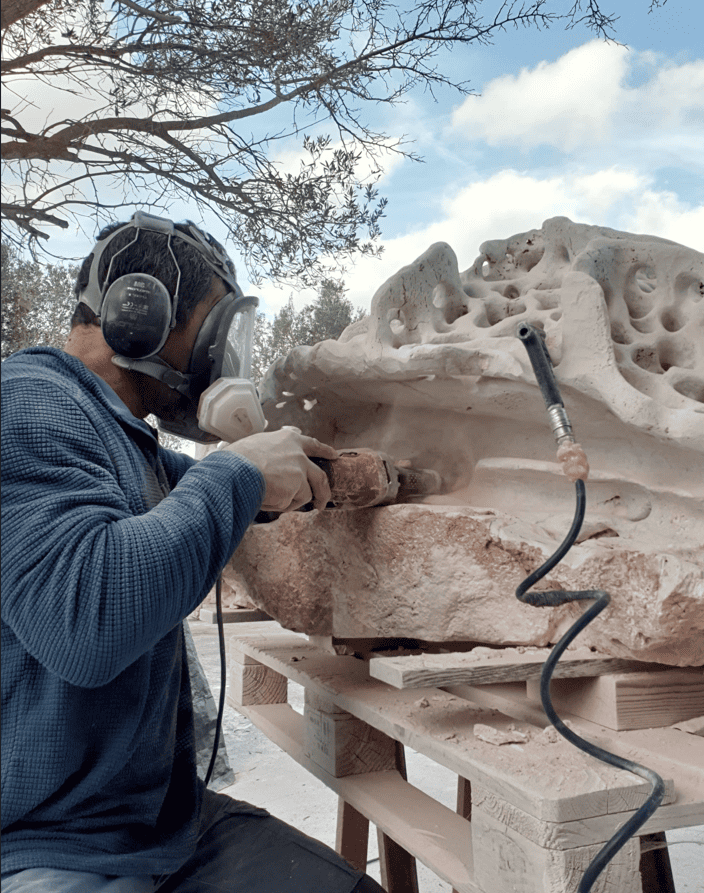
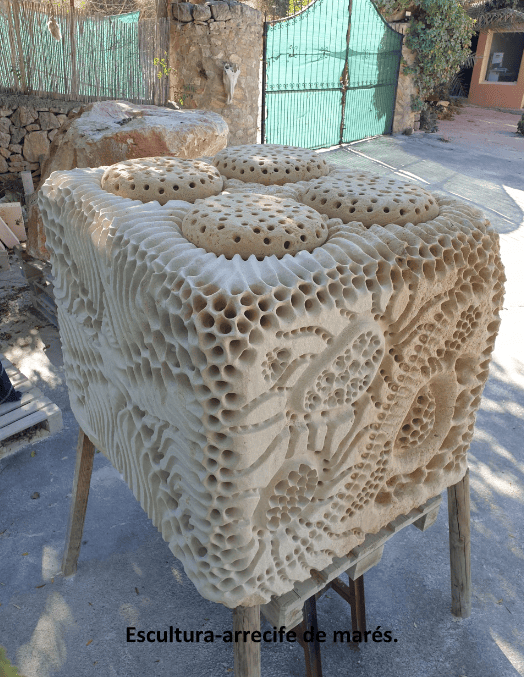
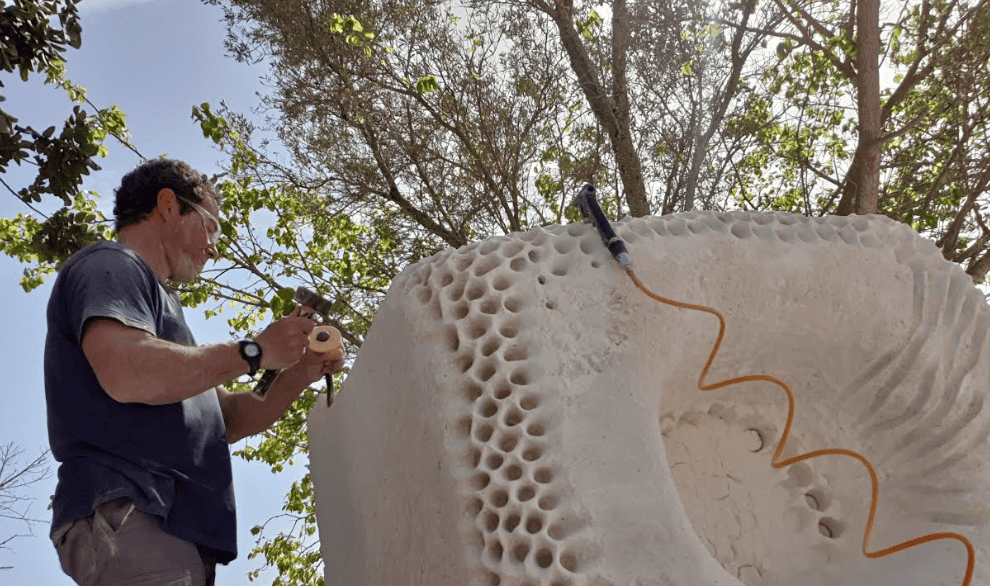
Amonarraiz Values
The main objective of Amonarraiz Esculturas is to integrate a practical utility into art, based on three fundamental pillars:
1. Ecological utility: I create sculptures that not only integrate harmoniously into the environment, but also enrich and enhance the biodiversity of the environment. Each piece is designed with shapes and textures that favor local organisms, providing habitats and shelters. In the marine environment, I develop reef-sculptures that restore underwater life in areas degraded by human activity. In the terrestrial realm, my sculptures serve as a home for plants and small animals, such as pollinating insects and small invertebrates, creating natural ecosystems.
2. Educational and awareness-raising utility: My works invite interaction and learning. Through sculptures that house flora and fauna, children and adults can observe the growth of plants and the behavior of the animals that inhabit them. These sculptures offer the opportunity to experiment and experience the natural world by adding elements such as reeds, dry leaves, or tree bark, which attract and favor a variety of species, promoting ecological awareness and respect for the environment.
3. Inclusive utility: In this line, I create sculptures designed specifically for people with blindness. These pieces turn into tactile experiences those phenomena that, naturally, are not accessible to them, such as fire, moving water or the texture of a pollen particle. Through these sculptures, I seek to transform the intangible into sensory experiences, providing the opportunity to explore and connect with nature in a unique and meaningful way.
Through Amonarraiz Esculturas, I pursue an art that goes beyond the visual, integrating functionality, education and inclusion, always in harmony with nature and with the firm commitment to give something positive back to it.
Techniques and materials
My sculptures are created from natural materials such as wood and stone, highlighting the local stones of Mallorca, such as marés, Santanyí stone and limestone, which provide a unique connection with the environment. The choice of these materials reflects my respect for nature and my desire to integrate harmoniously with it.
The process of creation is, for me, an act of deep immersion. In all cases the work is done with both electric and manual tools, freehand (freehand, as they say), which allows me to give free and organic shape to the pieces. Each sculpture begins with the feeling of what I want to convey: an emotion or an idea that materializes little by little. The most complex phase is the visualization, in which I imagine the shape, textures and functionality of the piece, always looking for a direct connection between nature and art.
Sometimes, this process is complemented by a sketch, but in other cases, the internal vision of the sculpture is enough to start working directly on the material. The most exciting part is when the work begins to take shape and, using various techniques and tools, the idea becomes a tangible piece, always in constant dialogue with the environment that surrounds it.
Art's connection with nature
Although in many cases it seems that art and nature are two separate worlds, in my work I try to show that they can converge in surprising ways. Nature, with its infinite variety of forms, and art, as a human expression, can not only coexist, but complement each other, enriching each other. Through Amonarraiz Esculturas, I seek to make these two forces meet, mix and become one.
For me, sculpture is a means to transcend the material and touch the essentials of life. When I am confronted with a piece of stone or wood, I see not only an inert object, but a story waiting to be told. The history of the land that has formed it, of its transformation, and of the life that is to come. My work seeks to give voice to this continuous process of evolution. By integrating natural elements such as Santanyí stone or Mallorcan sandstone, I try to make art not only embellish, but also a tool to revitalise the ecosystems that live around it.
My sculptures are more than decorative objects; they are refuges of life. They incorporate textures and shapes that favour biodiversity, creating spaces where plants, insects and small animals find their home. This fusion of art and nature generates a positive impact on the environment, while inviting people to reconnect with the natural world, awakening an ecological awareness.
Art can be a powerful tool for change. By working with materials from nature and giving them new life, I participate in a cycle of regeneration, a constant dialogue between what is and what can be. It is a reminder that, although humans are part of the ecosystem, they also have a responsibility to contribute to its conservation.
Through each sculpture, I seek to demonstrate that art and nature can not only coexist, but that, when they meet, they can generate something much greater: a bridge between life, art and the environment.
Gallery
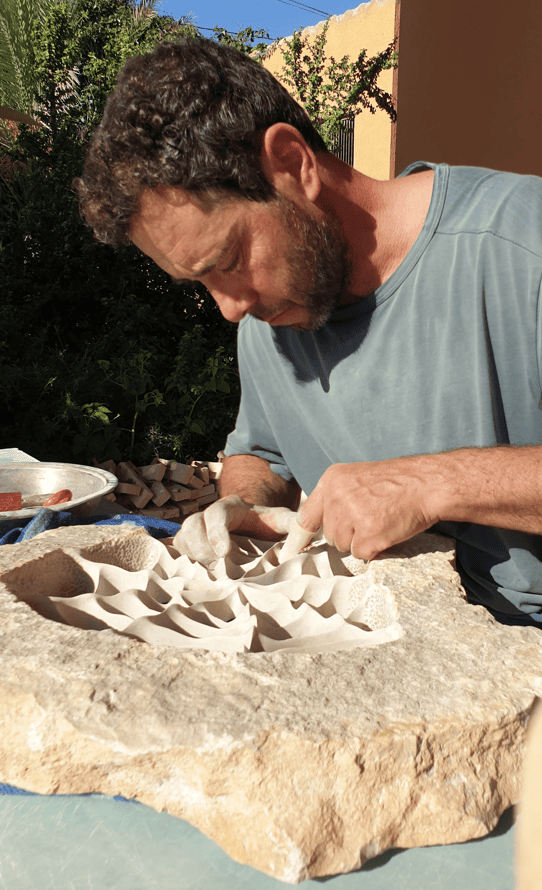
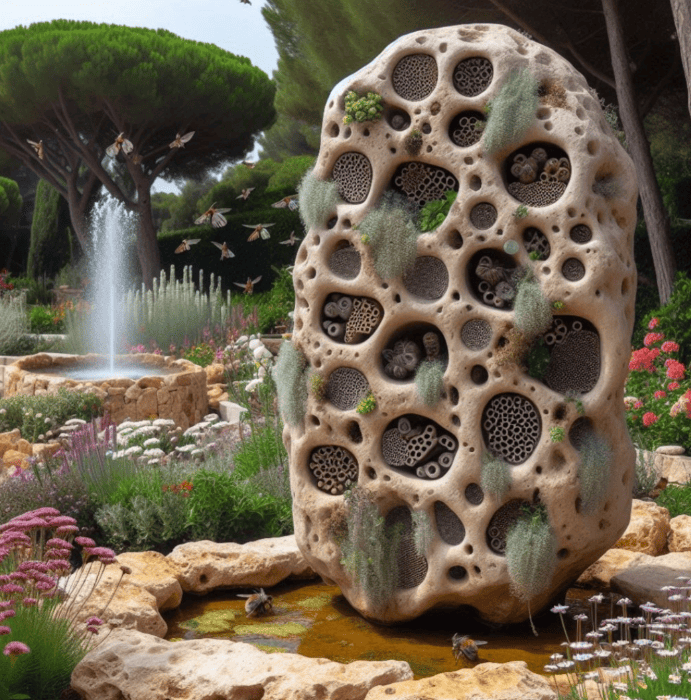
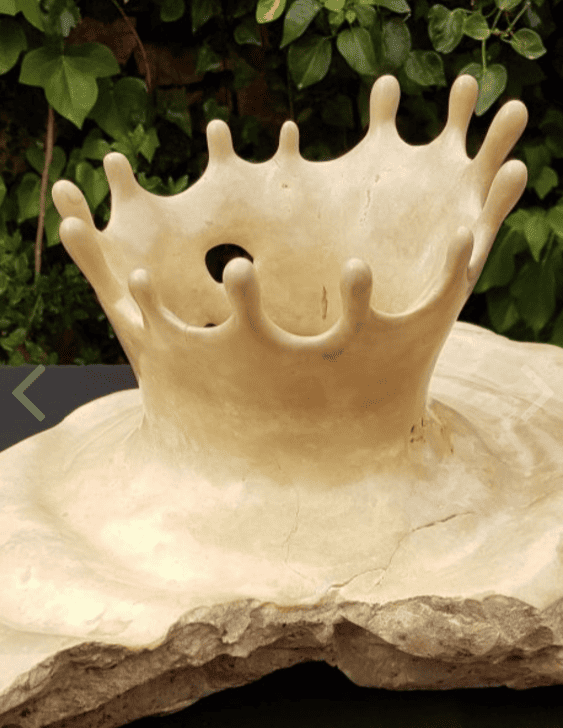
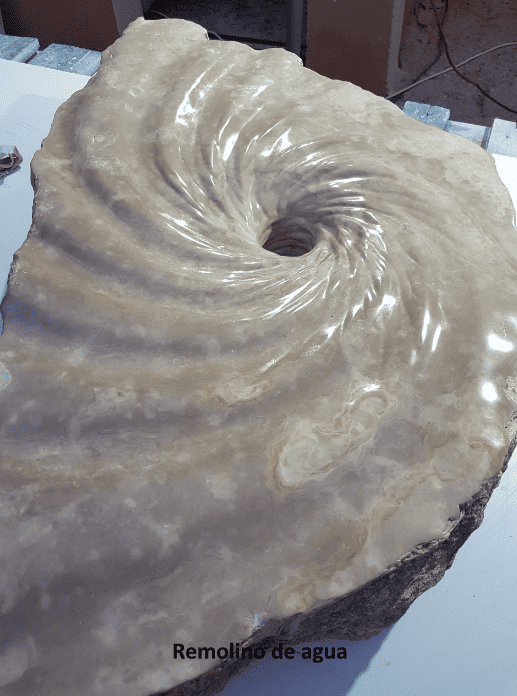
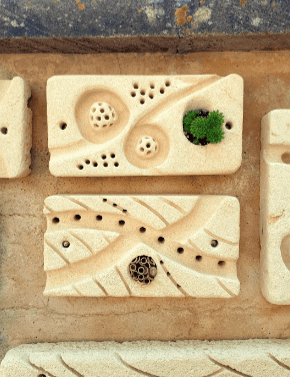
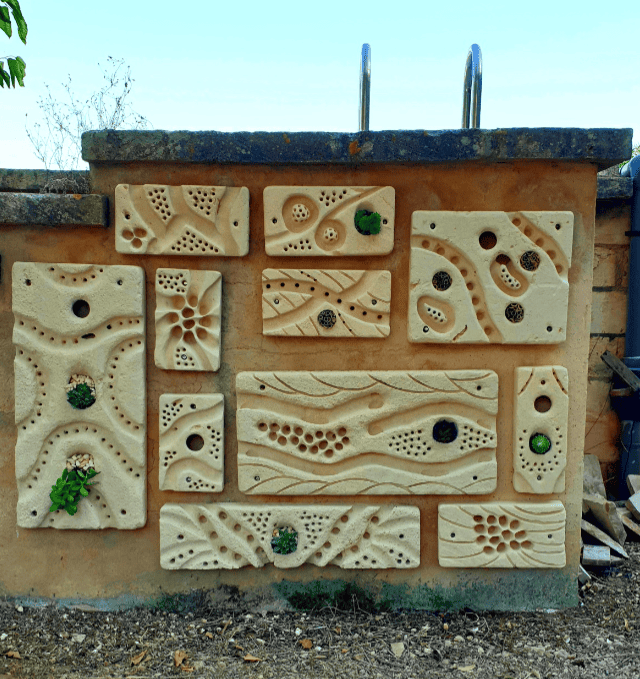
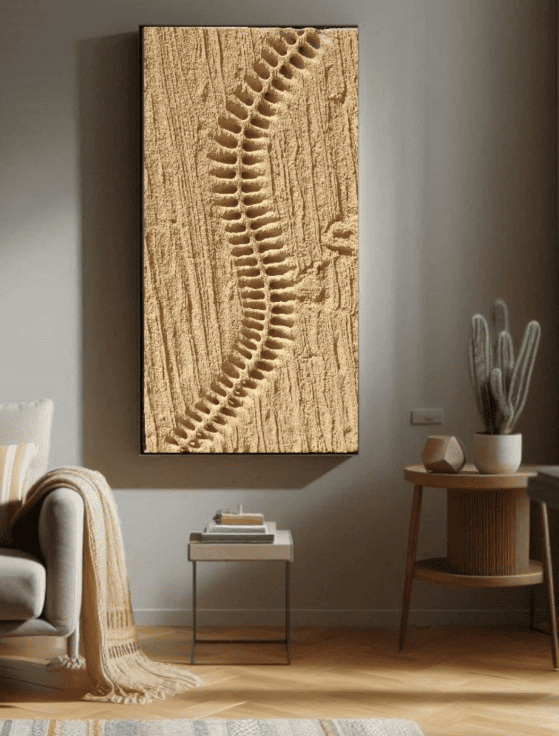
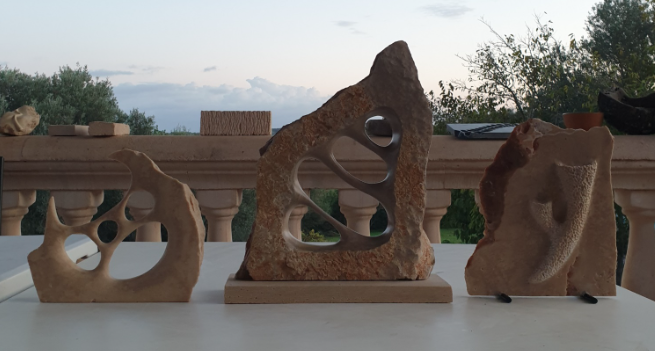
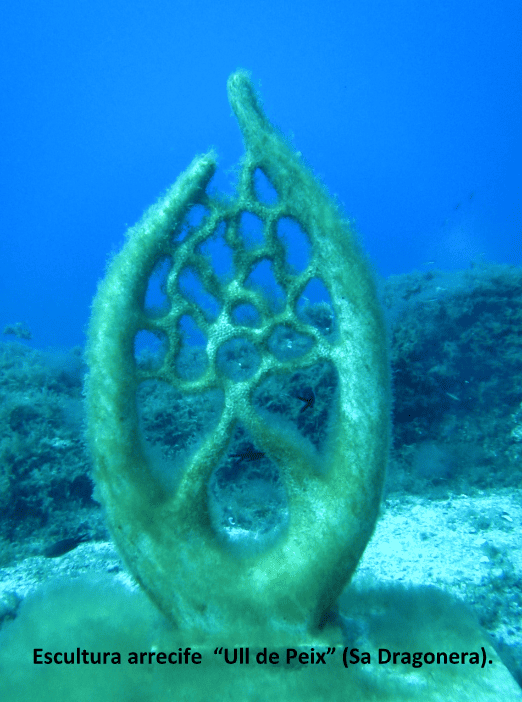
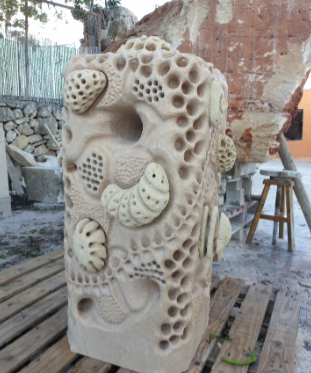
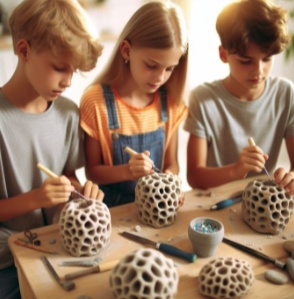
Contact
Tel: +34619273370